Every Ghost Hunter Should Read This Guide To Investigating Haunted Houses
This page is more than two years old.
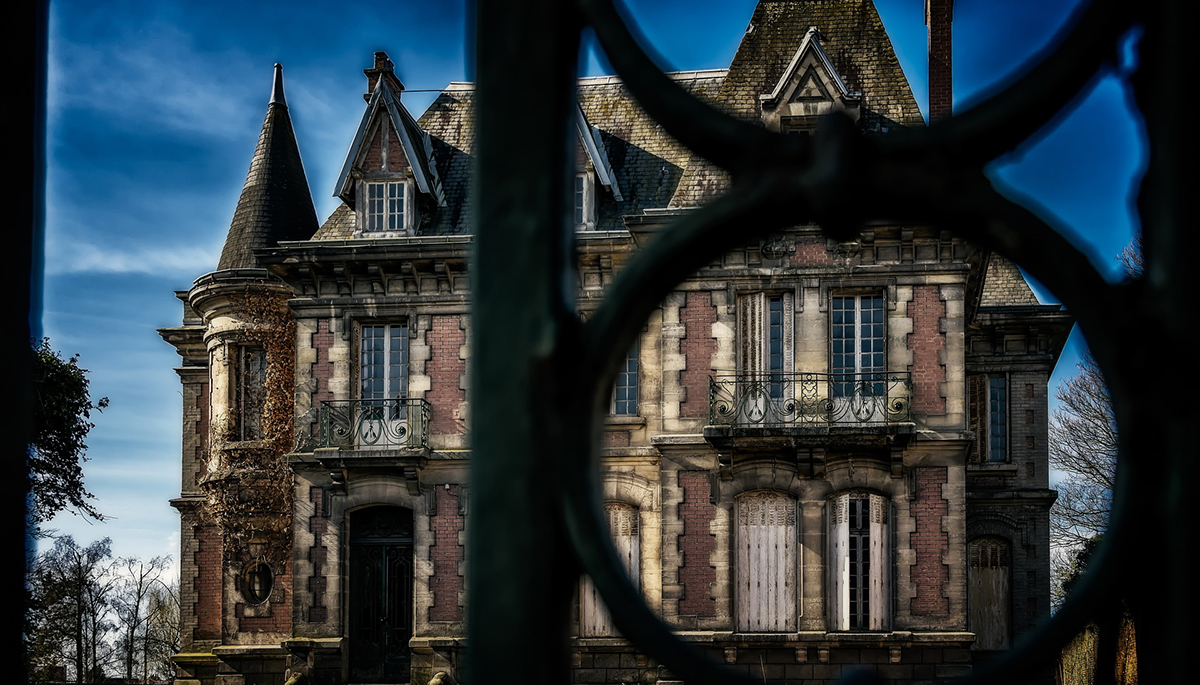
Photo: pixabay.com
The primary role of any paranormal investigator should be to validate reports of paranormal activity and obtain meaningful evidence. This should mean every case is different. For example, if the main reported phenomenon is a phantom horse and carriage on a manor house's driveway, then the investigation should focus on trying to capture evidence of this on the driveway.
In the early days of psychical research, researchers like Hereward Carrington invented devices specifically designed to detect and measure certain types of paranormal phenomena, they employed simple but well-thought-through methods to try to prove that what was being reported was really happening and wasn't just in the mind of those reporting them.
Sadly, this level of ingenuity and out-of-the-box thinking seems to have been lost by the vast majority of paranormal investigators. Today, there is a tendency for paranormal teams to visit a property where a haunting has been reported, pull out some ghost-hunting gadgets and sit in the dark attempting to contact the supernatural entities that might be causing the reported disturbances.
We've put together this guide to try to inspire investigators to think a little more creatively when planning an investigation. The tips below are by no means the only way to achieve the goal of capturing evidence of a ghost, they may not even be the best ways - some might not work at all. But it's our intention to show that there are other options than calling out in a dark room or using a spirit box and other such devices.
1. Learn About The Reported Phenomenon
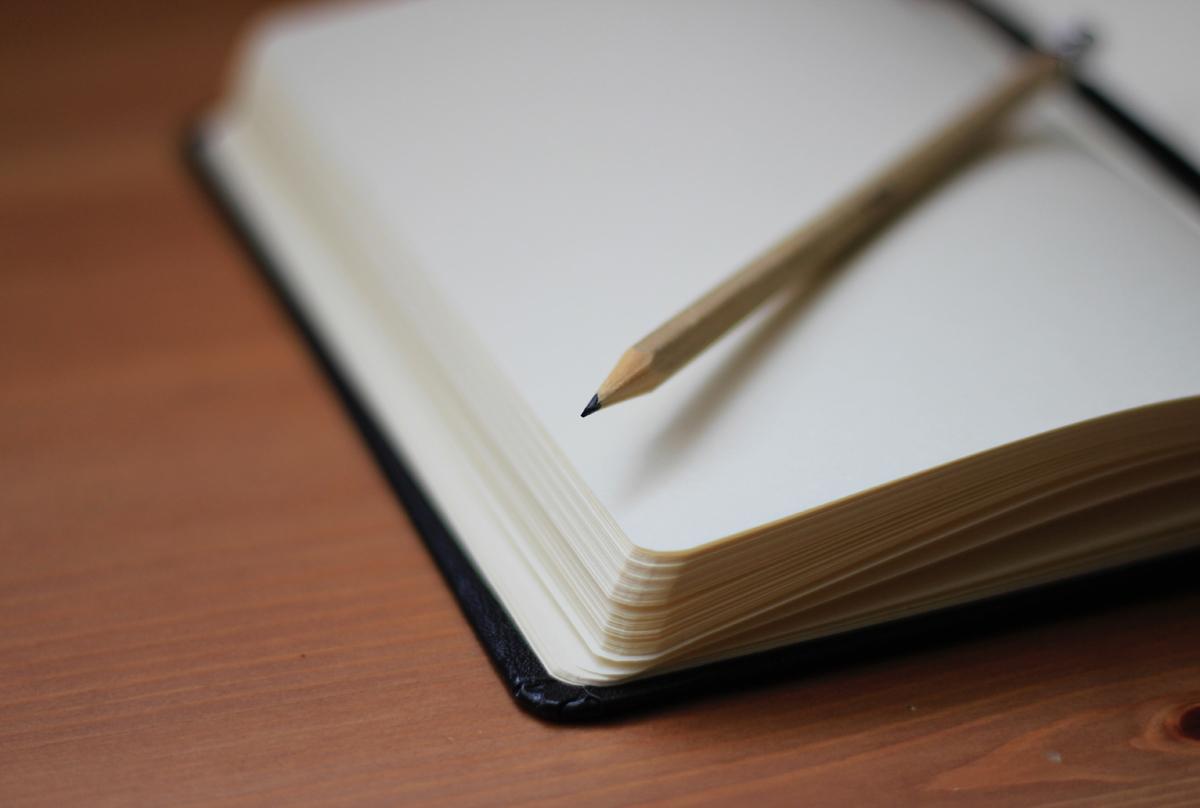
Photo: Jan Kahánek
Before you investigate the property, do some research. Speak to the people who live or work there and find out exactly what it is they experience there and at what times of the day. There's no point holding an all-night vigil if the house is very active in the day but falls silent at night. You'll need to know in exactly which parts of the house the activity occurs and what form this activity takes. You'll then be able to shape your investigation. Below are some commonly reported phenomenon and some methods you might try to validate them, but before you get to that point, you'll need to lock down the location.
If you prefer not to know about the history of a location and what might be causing the activity in advance, then that's fine. Avoid researching the history and don't ask for specifics like names and dates. But for example, there is no point spending hours in a cellar listening for ghostly voices when the only thing experienced in the house is footsteps in the attic.
Advertisement ‐ Content Continues Below.
2. Lockdown & Put Controls In Place
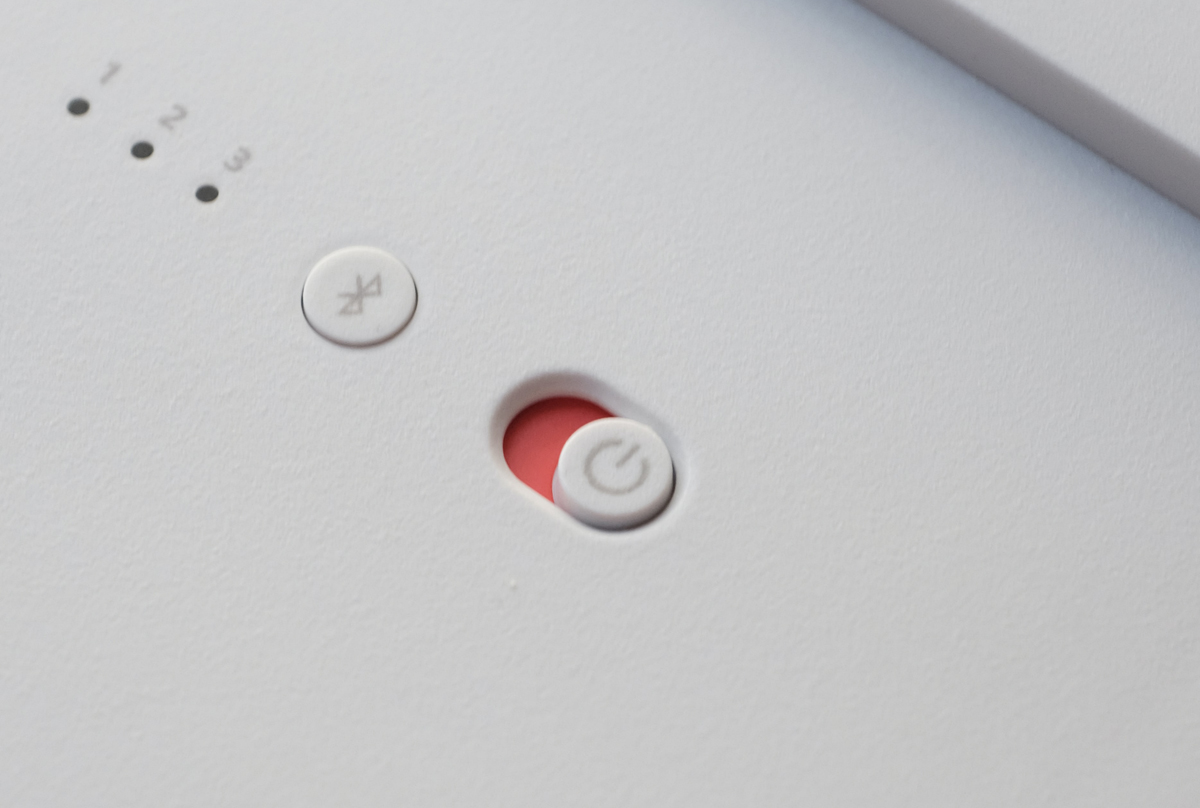
Photo: Isaac Li Shung Tan
It's always best to try to investigate any reported paranormal activity in controlled conditions, so it's important to lockdown the building. This doesn't just mean making sure no one is inside and everyone is accounted for, although this is vitally important. It also means turning off as much electrical equipment as you can, including WiFi routers, central heating, air conditioning, and anything with moving or mechanical parts such as ventilation, fridges, washing machines and pumps. If possible, cut all power to the building at the consumer unit.
3. Plan Your Investigation
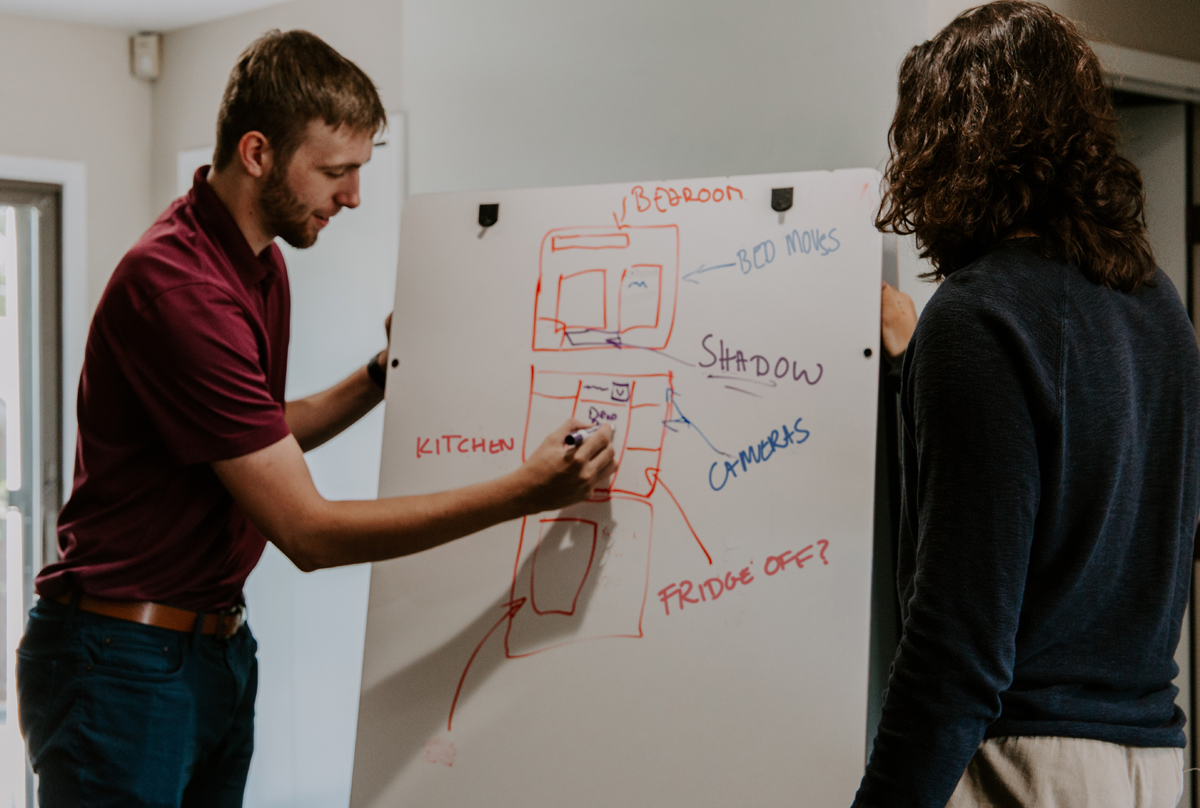
Photo: Kaleidico
Below are some tips and advice on planning experiments to validate a hauntings by focussing on specific aspects of the paranormal activity reported at the house.
It's not the intention of this guide to discourage or debunk other methods. If teams get results from the methods they use then this is great. There's no reason why spirit boxes, EMF meters and apps can't be brought in later, or the traditional method of calling out be used. All of these techniques can help you determine whether there is any intelligence behind the reported phenomena and possibly even obtain some information from beyond the grave.
Investigating Phantom Footsteps
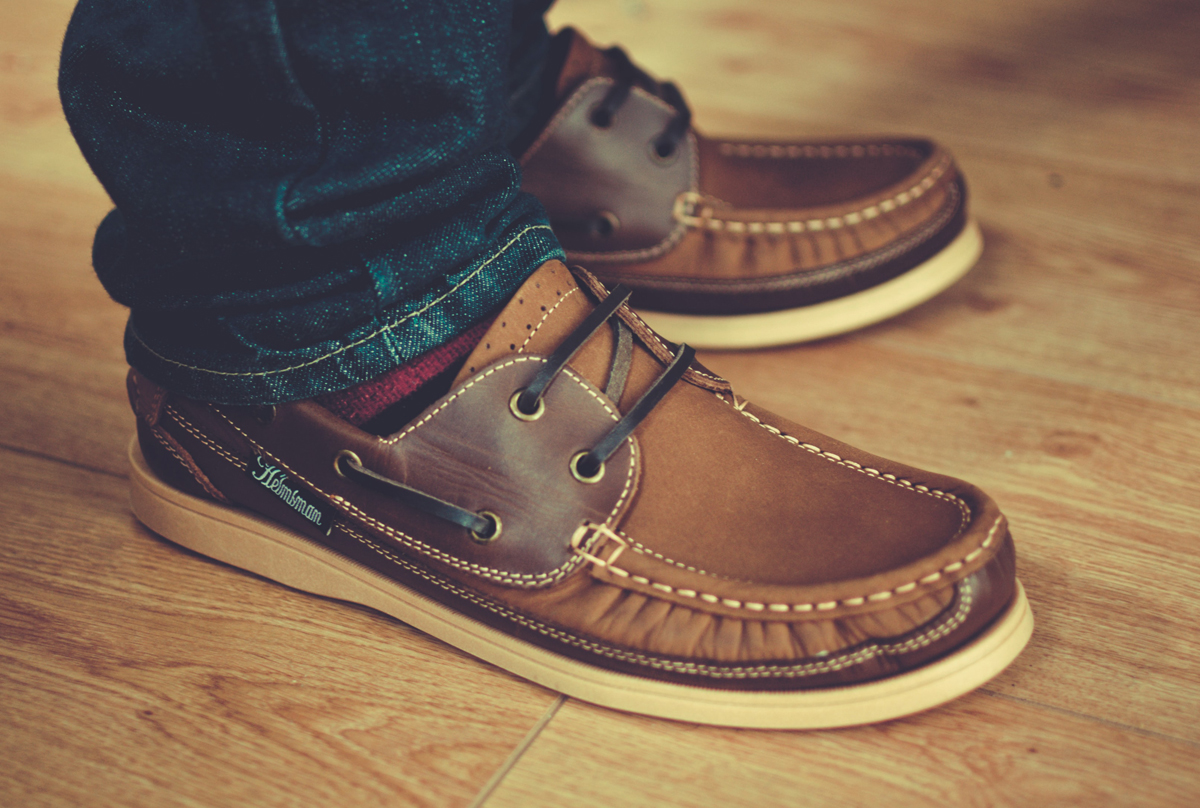
Photo: Alexander Andrews
One of the most commonly reported occurrences in a haunting is the sound of disembodied footsteps. These sounds can occur at any time in a haunted location or during a paranormal investigation. It can be thrilling to hear heavy footsteps coming from the floor above you or walking around you, but experiencing it doesn't gain you any meaningful data. It can sometimes be difficult to rule out investigators shuffling their feet or standing on creaky floorboards when there's a whole team or even an individual investigator in a room.
Since footsteps can occur in adjoining and empty parts of a building, there is no real requirement for you or any member of your team to be in the property in order to capture footsteps. So at a property where footsteps are a key phenomenon, it may be better to investigate the sounds when the property is completely empty - that means no one at all, not even you. Of course, you'll need to use at least one audio recorder to attempt to capture the sound, but if you do, you'll be able to rule out the possibility that it was you or one of your team inadvertently causing it.
Taking this experiment a step further, you may want to use multiple audio recorders placed strategically around the location to help you work out exactly where the footsteps are coming from. It's best to use identical audio recorders and ensure they are all setup in the same way, for example set to the same audio quality and sensitivity. This will mean that if footsteps are picked up on multiple recorders, you'll be able to tell by comparing the relative volume of each recording which audio recorder the footsteps were closest to.
This technique can even be employed in a single room where footsteps have been reported. Placing a recorder in each corner of the room may help you determine whether the footsteps are actually a fix knocking sound caused by something non-paranormal like central heating pipes, or whether it truly is the sound of footsteps moving across the floor away from one audio recorder and towards another.
The best case scenario is that a ghost is walking across the floor and it is its footsteps you are hearing, so you could experiment with replacing the audio recorders for video cameras. But remember that because this is primarily an auditory phenomenon you are investigating, be sure to only use cameras with good audio recording functionality and a good microphone.
Having a visual record of the room is beneficial, not just so that you can capture a potential spook treading the floorboards, but it means you can be a little more creative with your experiment by placing vibration detectors on the floor. Scire Tech make a great high-sensitivity vibration sensor called the Sizmo, the EDI+ paranormal multitool has a vibration sensor built in, or you could use something like a cheap piezoelectric vibration tapping sensor. All of these can give a visual indication when they are triggered in the form of a flashing light. So if you have multiple devices set out in your camera's field of view and something walks past it then hopefully it will light up and give you more confirmation of which part of the room the footsteps are coming from.
We would recommend not using flashing pet toys for this purpose. Cat balls do seem to respond on cue to questions during investigations, but as a motion detector they are not very precise or reliable. Sometimes, if they are placed in a certain way, you can stamp your feet right next to one and you'll find it won't light up. Clearly this means it's not fit for the purpose of detecting footsteps, which in this case is your aim.
If you can't afford ghost hunting gadgets or multiple recording devices, there is another method you can use, which was famously employed by legendary ghost hunter Harry Price. The technique simply involves sprinkling the floor with a covering of sand or flour in the spot where the supernatural disturbances are claimed to have occurred. This allows the investigator to spot phantom footprints through the fine powder. This might allow you to detect the shoe prints of an unwanted living human who walked through the room while it was supposed to be locked down, but if you can rule this out, then it might point to the possibility that something strange is going on there.
Investigating Direct Voice Phenomenon
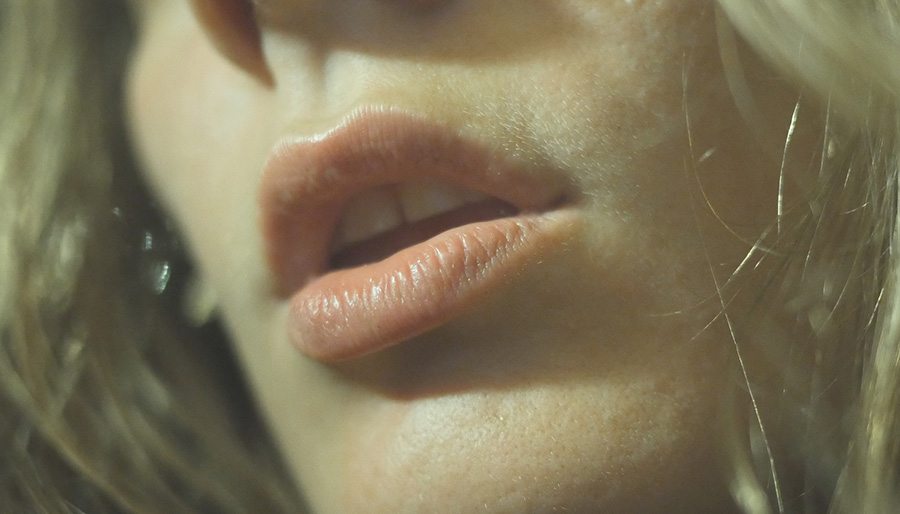
Photo: pixabay.com
Direct Voice Phenomenon (DVP) is similar to the better-known Electronic Voice Phenomenon (EVP). However, in haunting cases examples of DVP are the most frequently reported of the two, the obvious reason being that a DVP is a voice heard audible with the ear, whereas an EVP is an unexplained voice captured in an audio recording. Since most reports of voices, laughing, cries and screams are heard by people going about their daily lives in a haunted location, these tend to be more common than EVPs, which are only captured when someone sets out to that location with a recording device with the specific intent of capturing those sounds.
Capturing evidence of a voice is pretty similar technically to capturing footsteps. Use multiple audio recorders set up in different parts of a room so that you can use the relative volume of the recordings to tell where the voice was coming from in relation to each of the recorders. However, there are a few differences with ghostly voices.
First off, you need to take greater care in locking down the building to ensure that sounds aren't bleeding into the environment from outside, from adjoining buildings, or from elsewhere in the building you are investigating. This might mean closing additional internal and external doors and windows. You may need to block vents or plan your investigation at a time when you can be sure that nearby buildings are also unoccupied.
The other difference to capturing footsteps is that voices are often heard in response to investigator's questions, so in most cases you will want to be in the building during the experiment. However, there is another method you could try and that's to place a laptop or another device capable of playing audio in the property before sealing up the building. The idea is that the laptop would play pre-recorded sentences, phrases and snippets of conversations at various intervals in the hopes that it might encourage any supernatural entities to respond, while still maintaining controlled conditions in the building. Obviously these responses would then be captured on at least one audio recorder in the setup described above.
Advertisement ‐ Content Continues Below.
Investigating Sightings Of Apparitions
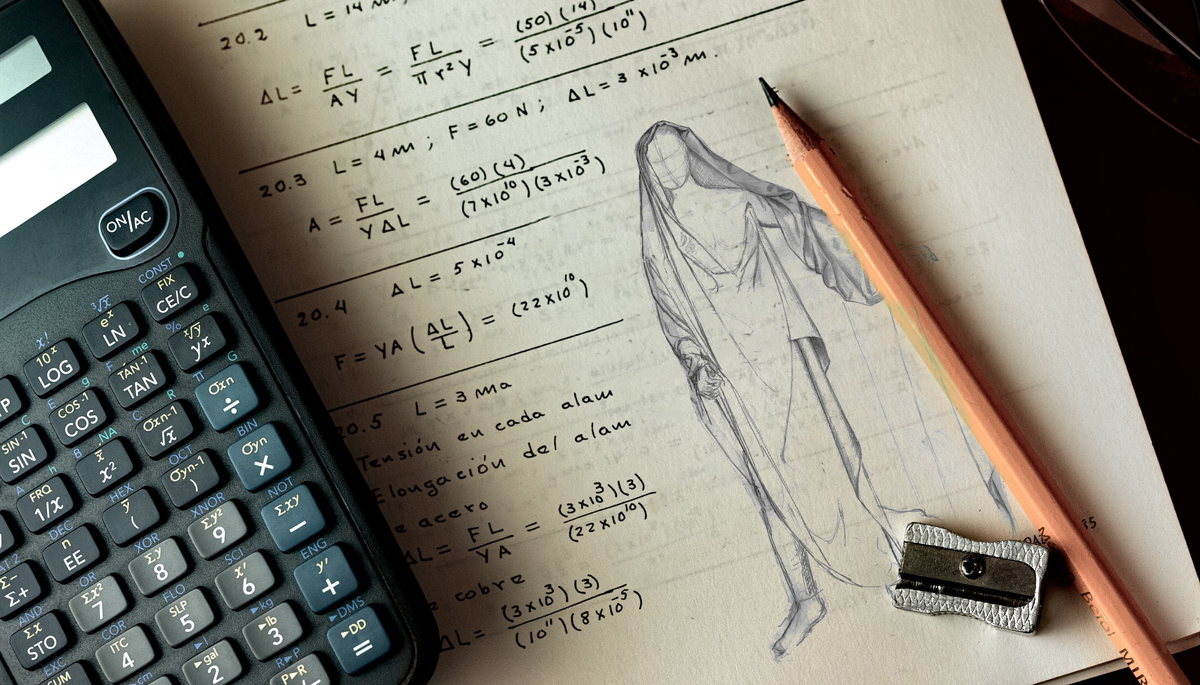
During most paranormal investigations, the first thing investigators do is make sure the location is in total darkness. While it can be beneficial to cut all electricity to a building you are investigating, it's not always the best practice to kill all the lights, especially if you're on the hunt for apparitions. Ghostly figures and shadows are the holy grail of ghostly evidence, and since most of these sightings are reported in situations where they can be seen i.e. not in the darkness, it makes sense to keep the lights on.
Of course, if you're looking to get evidence of an apparition, then a camera is your best option. There are claims that some supernatural entities are only visible on infrared night vision cameras or full-spectrum cameras, but in most cases reports of apparitions come from people who have seen them with their naked eye, so to validate this claim you should use a regular video camera in a well-lit room. A video camera does a very good job of capturing exactly what they human eye can see.
If a figure does appear in a part of a building that your investigating and it is caught on camera, then the obvious conclusion is that whatever this apparition is made of is physical in at least some sense as it is capable of reflecting light in order to make itself visible. If this is true then you should be able to capture the apparition with multiple cameras. So if a building you are investigating has reports of an apparition in one particular area, then cover that area with as many cameras as you can. If the apparition only appears on one camera, then this could suggest that the vision is caused by a lens flare or trick of the light rather than a visible apparition. Although you can't rule out some kind of psi phenomenon affecting just one of the cameras.
Historically, ghost hunters used still cameras which would take a photo when a connected tripwire was triggered. The setup was used in the hopes that any ghost passing through the room would trigger the camera and its form could be captured in a photograph. Of course, today it's much easier to use a video camera, but it might still be a good idea to set up some tripwires.
Placing a piece of cotton across all the doors and windows leading into the area you are investigating should mean that if a person wanders into that area by mistake, they will break the cotton and won't be mistaken for a ghost in the footage you capture.
Investigating Poltergeist Activity
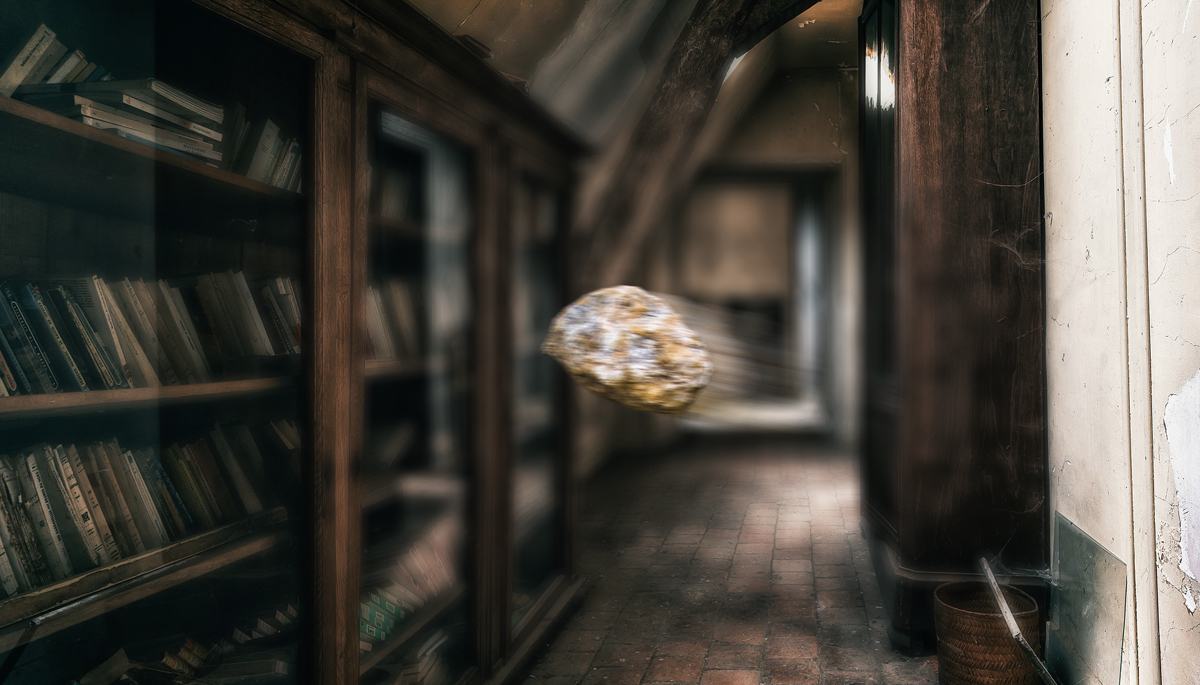
Often when we talk about poltergeist activity, what we really mean is the spontaneous movement of objects and other physical phenomenon. It's very widely reported as part of a haunting, but very rarely observed occurring on command.
There are only really two ways to obtain evidence that some kind of physical movement has occurred; either provide proof of the movement, or capture the movement on a video camera. In both cases it's best not to have an investigation team present so that you can rule out the possibility that your own movement through the building has caused an object to shift in an unpredictable way.
The experiment might involve placing cameras in a location where physical phenomenon has been reported and leaving them recording for as long as necessary. Make sure the camera's view is well lit, so that any movement can be seen clearly. Keeping the lighting consistent will mean you're able to rule out the possibility that something looks like it's moving due to a light source moving.
The drawback to this approach is that you will have a lot of footage to go through, but if your primary goal for recording is to look for movement, then a quick way to check the footage is to simply look at the first frame of the recording and then jump to the last frame to see if anything has moved in the shot. If it has, then you can work your way through the video in incremental steps looking for the point at which the movement occurs. If there is no obvious single point, then this suggests that the object as moved slowly over time, something you might not have noticed without comparing the first and last frames.
Trigger objects are commonly used to detect physical phenomenon, this can be any object which you feel a supernatural entity might interact with. You'll need to leave the trigger object alone in the location for an extended period of time, but will need some way of knowing if it's moved when you return. Of course, you can point a video camera at it. Another commonly used method is to place the trigger object on a piece of paper and draw around it. The problem with this method is that it's not very precise and you have no obvious way of knowing if the paper itself has moved along with the trigger object. A better approach is to sprinkle talcum powder or flour over and around the trigger object, that way any movement should be clear to see as the powder surrounding the object will be disturbed.
Again, avoid cat balls for the purpose of detecting poltergeist activity. As previously stated, they can get reactions, but they don't function reliably as a motion detector. It's possible to pick a cat ball up off of a surface without it flashing, you can sometimes even rotate it as much as 180 degrees and it still won't flash. If you're using any kind of motion detector it needs to work every time when motion or vibrations occur, even if the movement is very weak as signs of a haunting can often be very subtle.
Investigating Light Anomalies
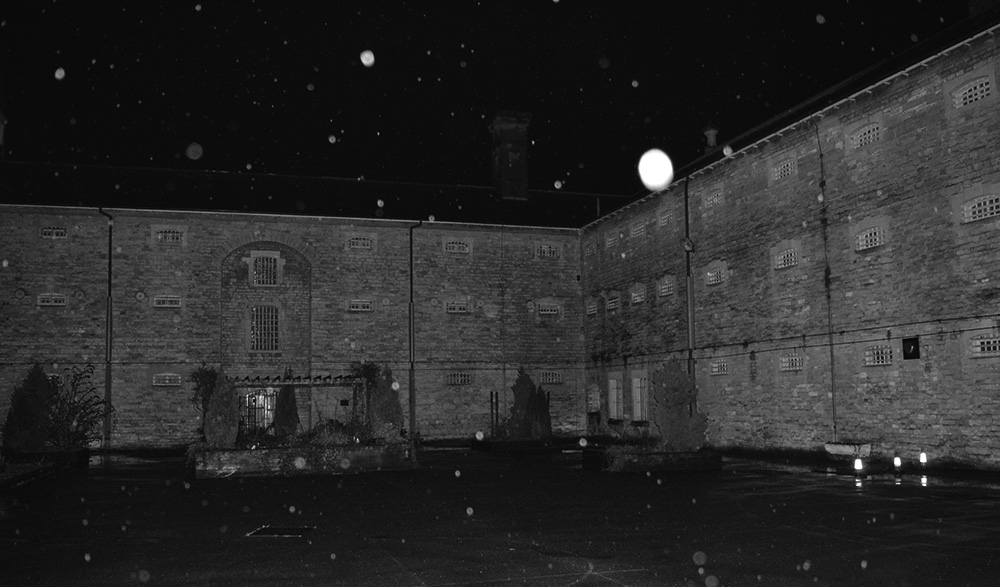
Light anomalies can come in many different forms, from orbs to flashes of light, streaks and pin-pricks of light. It can be quite hard to investigate these phenomena with any level of credibility when an environment isn't locked down.
For example, if there are investigators in a location stirring up dust, disturbing insects and breathing out water vapour into the air, then any of these could cause orbs to be captured on camera. Similarly, investigators moving around in a room might swear they didn't see a light anomaly at the time, forgetting that the camera that captured it is a night vision camera with an invisible infrared source mounted on it. It's very possible that a reflective surface, even someone's belt buckle or glasses might bounce this invisible light around causing lens flares or strange artefacts to be caught on camera.
Therefore, if light anomalies have been reported in a building. The best way to investigate it is to seal off the part of the building where they have been reported. This means closing the room to people, but also blacking it out to remove any possibility that lights from external sources such as passing traffic or neighbouring buildings isn't causing the anomalies. You should try to match the conditions in which the light anomalies have been reported. If they've been seen out of the corner of the eye or floating past in a lit room, then make sure the room is lit when you conduct your experiment to replicate these experiences.
With the area locked down, the hope would be to capture similar unexplained lights on video. As mentioned in other experiments, it's best to use multiple cameras, that way if a light anomaly does appear in the middle of the room, you can check it was visible on all of your cameras, which in most cases would rule out the possibility that the light was caused by a lens flare. Once again, there is no point using a night vision camera or full-spectrum camera as these two types of camera only capture light that is invisible to the human eye, so they can't capture anything that might explain reports of sightings of light anomalies seen with the naked eye.
Investigating Temperature Fluctuations
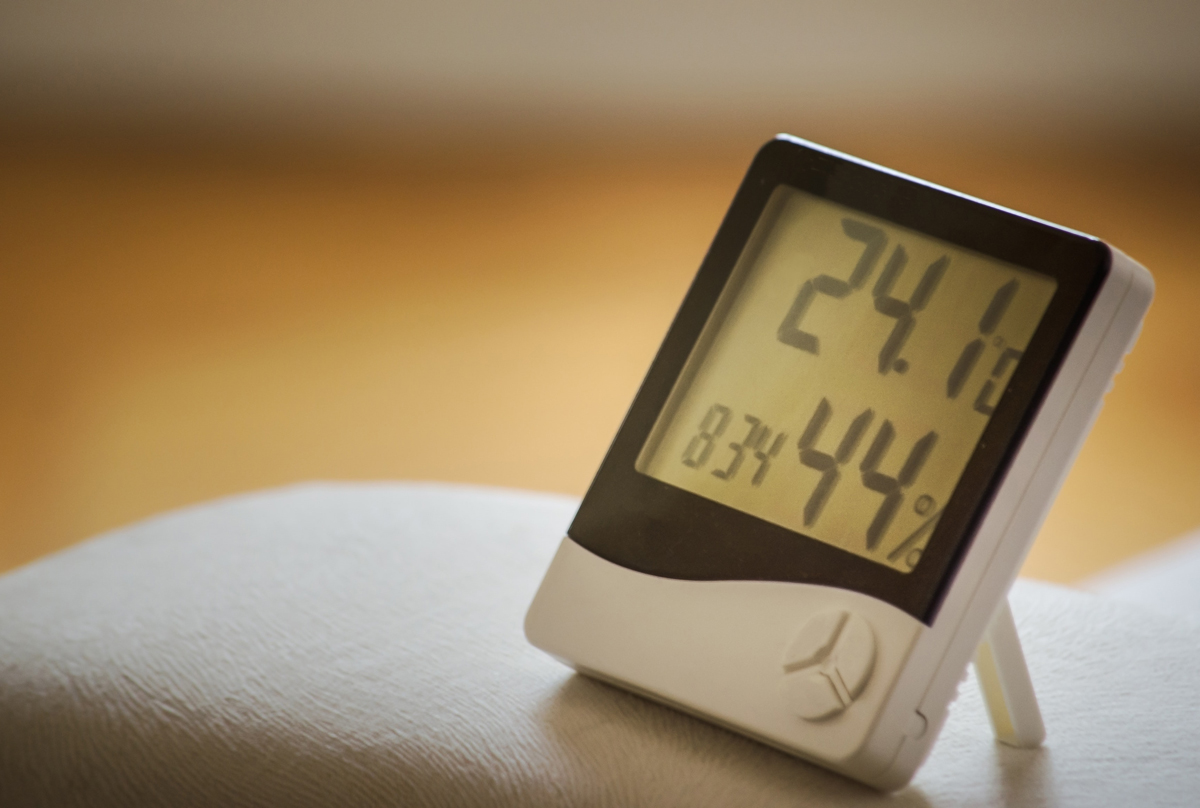
Photo: Kaffeebart
Extreme and sudden changes in temperature are often reported as part of a haunting, but before you reach for a point-and-click infrared temperature gun to investigate them, think again. A much better approach is to use a thermometer that has data logging capabilities, this will show you the change in temperature over time. This can tell you whether a drop in temperature is part of an ongoing downward trend, or whether it bucks the trend of a temperature rise, which is obviously a little more strange.
Devices like the SensorPush Wireless Thermometer can be left at a location where they will log the temperature once per minute and store that data for a 30 day period. The data can then be downloaded to a smart phone and even exported to a spreadsheet. There's also a Ghost Hunting Data Logger available, which is designed specifically for paranormal investigations.
If left in the room you're researching for an extended period of time, this data will allow you to determine the normal daily average temperature range in the room, the lowest recorded temperature and the peak temperature.
Once again, locking down the building to conduct experiments in to temperature requires extra care and attention. You may need to block vents, check for draughts, monitor external conditions, and of course turn off any heating or cooling appliances.
Learn With Higgypop
Hosted by Paralearning in association with Higgypop, these courses on ghost hunting, paranormal investigations, and occult practices draw on the experience of our team of paranormal writers.

Diploma In Capturing & Analyzing Electronic Voice Phenomenon
This course gives you practical and useful knowledge of ghost hunting and paranormal research, which is invaluable when conducting your own paranormal investigations or as part of a group event.
View Course
Diploma In Modern Demonology For Paranormal Investigators
This course gives you practical and useful knowledge of ghost hunting and paranormal research, which is invaluable when conducting your own paranormal investigations or as part of a group event.
View CourseMore Like This
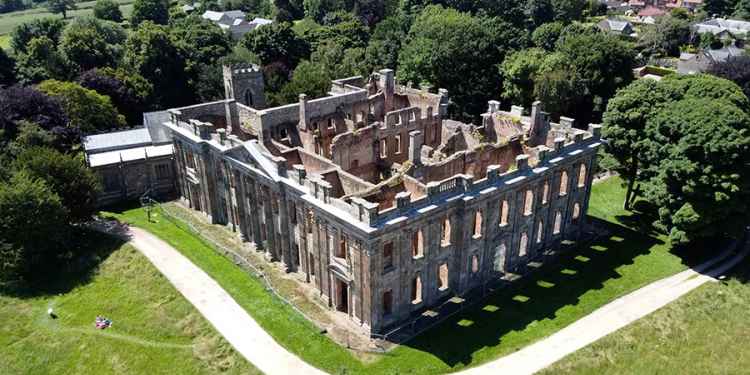
Haunted BritainDecember 25, 2024
2024's Most Popular Paranormal Hotspots In The UK
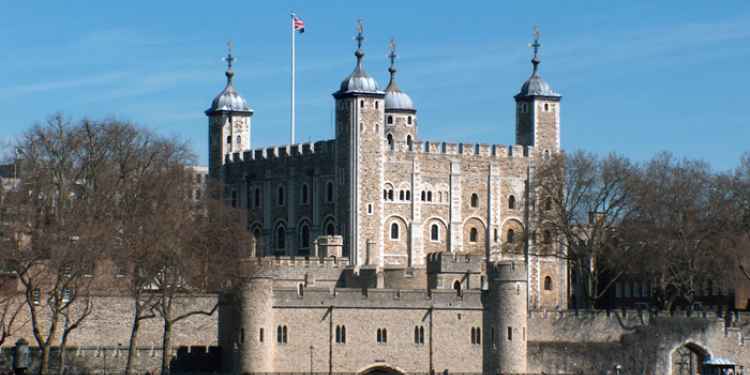
GamesNovember 28, 2024
Can You Match These Famous Ghosts To Their Haunting Grounds?
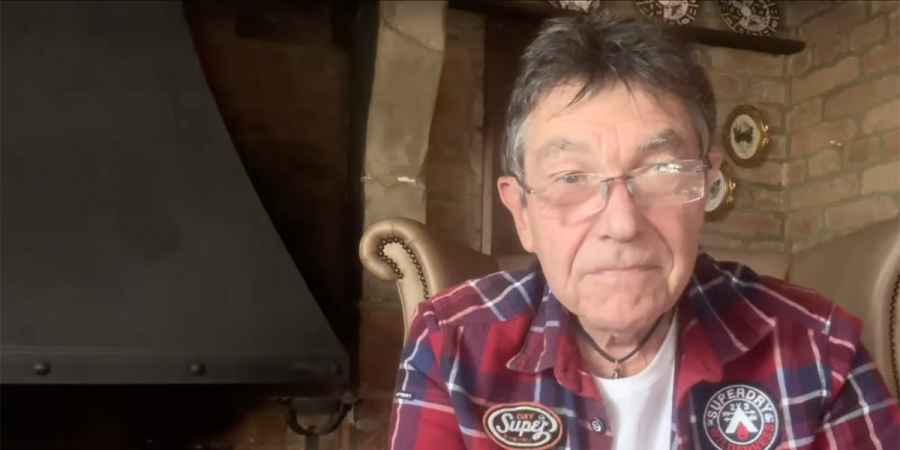
HalloweenOctober 30, 2024
Richard Felix Shares A Collection Of Modern Ghost Stories For Halloween
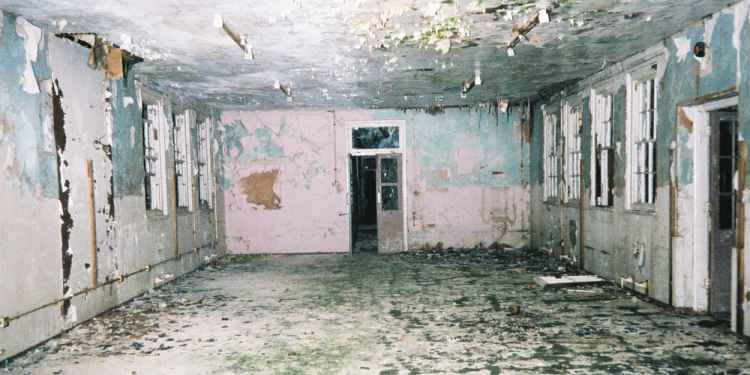
ParanormalOctober 20, 2024
My First Ever Ghost Hunt: 20 Years Ago This Halloween Night
 See More on Audible
See More on Audible
Comments
Want To Join The Conversation?
Sign in or create an account to leave a comment.
Sign In
Create Account
Account Settings
Be the first to comment.